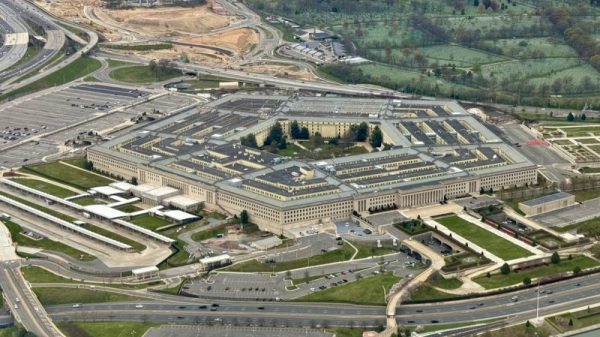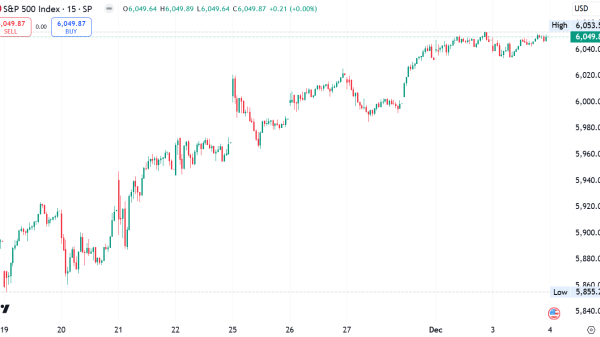A Beacon of Growth for Developing Asia-Pacific
Quick Look
Developing Asia-Pacific, excluding China, should grow by four-point-six per cent in 2024.
Regional goods exports saw a positive turn in late 2023 despite trade policy risks.
China’s strategic pivot impacts neighbouring economies, with potential oversupply issues.
Rising private debt and challenges in boosting private investment highlight economic risks.
Future growth may hinge on enhancing productivity and navigating policy and external shocks.
As the global economy wrestles with fluctuating dynamics, the developing countries of the Asia-Pacific region, excluding China, are charting a course towards robust growth. Consequently, according to a recent World Bank economic report, these nations are poised to expand by four-point-six per cent this year. This rate surpasses the four-point-four per cent growth recorded in 2023. Moreover, this promising forecast comes amidst a backdrop of China’s economy moderating to four-point-five per cent from the previous year’s five-point-two per cent. This moderation underscores a resilient economic pulse in the broader region.
Trade Winds Shift Towards Positive Horizons
The latter half of 2023 marked a turning point for regional goods exports from developing Asia, igniting hopes for a sustained recovery. Consequently, this collective, which includes China, Mongolia, Timor-Leste, and the 10 members of the Association of Southeast Asian Nations (ASEAN), has been a vibrant hub for trade and economic activity. However, the World Bank cautions against the fragility of this recovery. It highlights the potential risk posed by trade-distorting policies from key destination markets, including the U.S., China, Japan, and South Korea. Furthermore, an alarming surge in such policies—nearly tripling from 2019 to reach almost three thousand in 2023—threatens to tilt the scales. Specifically, it could favour companies within these economies and potentially sideline their Asian competitors.
Balancing Acts and Bottlenecks
Amidst efforts to rejuvenate its economy, China faces challenges with its weakened property sector and domestic consumption. A strategic pivot towards advanced manufacturing, aiming to shift investment away from infrastructure and real estate, risks creating manufacturing capacity and demand imbalances. This has particularly impacted sectors like electric vehicles, where signs of oversupply are already affecting neighbouring countries, such as Thailand. The ripple effects of these dynamics are profound, with the World Bank warning that an unexpected resurgence of inflation and higher interest rates in the U.S. could slash developing Asia’s industrial output growth by half a percentage point. Additionally, macroeconomic shocks originating from China could further dampen growth by zero-point-three percentage points.
The Investment Conundrum and Path Forward
A concerning trend highlighted in the report is the rise in private debt. Specifically, corporate debt in China and Vietnam has escalated by over forty percentage points of GDP since 2010. Consequently, this surge in indebtedness, along with private investment remaining below pre-pandemic levels, paints a complex picture for future economic stability. Meanwhile, public investment has attempted to fill the void in nations like Vietnam and the Philippines. However, the overarching narrative calls for a shift towards driving growth through productivity enhancements.
Furthermore, the report stresses the importance of fostering an environment conducive to competition and innovation among private companies. Yet, challenges such as protectionism and inadequate skill sets loom large. These challenges potentially hinder the realization of this vision. Therefore, as the Asia-Pacific region navigates these intricacies, the path to sustained economic growth will undoubtedly require a delicate balance. This balance includes strategic policymaking, investment in human capital, and fostering a culture of innovation and resilience against external shocks.
The post A Beacon of Growth for Developing Asia-Pacific appeared first on FinanceBrokerage.


































